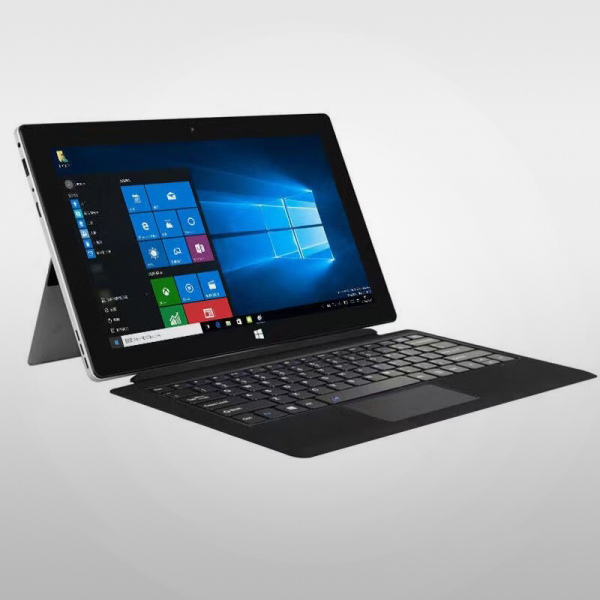Unleashing Visual Brilliance: Exploring Graphics Processing Capabilities in Tablets
2023-12-05
Introduction:
In the realm of portable devices, tablets have emerged not only as versatile tools for productivity but also as powerful platforms for immersive multimedia experiences. A key factor that underpins the visual prowess of these devices is their graphics processing capabilities. In this blog post, we'll embark on a journey to uncover the significance of graphics processing in tablets and how it shapes the visual landscape of our digital interactions.
The Role of Graphics Processing in Tablets:
1. Visual Rendering:
- At the core of graphics processing lies the ability to render visuals seamlessly. Tablets employ graphics processing units (GPUs) to efficiently handle the rendering of images, videos, and user interfaces, ensuring a smooth and visually appealing experience.
2. Gaming Performance:
- For gaming enthusiasts, the graphics processing capabilities of a tablet PC play a crucial role in delivering an immersive gaming experience. A robust GPU can handle the rendering of complex 3D graphics, providing users with the ability to enjoy graphically demanding games with fluidity.
3. Video Playback and Editing:
- Tablets are increasingly becoming popular tools for multimedia consumption and creation. Powerful graphics processing facilitates smooth video playback at high resolutions and supports video editing applications, enabling users to unleash their creativity on the go.
4. Augmented and Virtual Reality:
- The advent of augmented reality (AR) and virtual reality (VR) applications has heightened the demand for advanced graphics processing in tablets. A capable GPU enhances the realism and responsiveness of AR apps and contributes to a more immersive VR experience.
5. Graphic Design and Creative Applications:
- Tablets are employed by artists and designers for creative endeavors. A strong graphics processing unit enables these devices to run graphic design applications smoothly, supporting tasks such as digital illustration, photo editing, and 3D modeling.
Types of GPUs Found in Tablets:
1. Integrated GPUs:
- Many tablets feature integrated GPUs, which are built into the same chip as the central processing unit (CPU). While these GPUs are energy-efficient and suitable for everyday tasks, they may have limitations when it comes to handling demanding graphics applications.
2. Dedicated GPUs:
- High-performance tablets, especially those designed for gaming or professional use, may come equipped with dedicated GPUs. These discrete graphics cards offer superior performance and are capable of handling intensive graphical workloads with ease.
3. Mobile GPUs:
- Mobile GPUs are specifically designed for compact and power-efficient devices like tablets and smartphones. They strike a balance between performance and energy efficiency, ensuring a smooth user experience without compromising battery life.
Factors Influencing Graphics Performance:
1. GPU Architecture:
- Different GPUs employ varying architectures, each with its strengths in specific tasks. Newer architectures often bring improvements in performance, efficiency, and support for advanced features.
2. VRAM (Video RAM):
- The amount of dedicated video RAM a tablet has can impact its ability to handle graphics-intensive tasks. Higher VRAM allows for better handling of large textures and complex scenes.
3. Clock Speed:
- The clock speed of the GPU influences its processing capabilities. A higher clock speed generally results in faster rendering and better overall performance.
4. Optimization with Software:
- Efficient optimization of graphics processing within the device's software ecosystem is crucial. Well-optimized applications and operating systems can harness the full potential of the GPU, delivering a seamless user experience.
Conclusion:
In the dynamic landscape of tablet PC technology, graphics processing capabilities serve as a cornerstone for delivering captivating visual experiences. Whether unleashing the potential of cutting-edge gaming, facilitating creative endeavors, or powering augmented reality applications, the GPU in a tablet plays a pivotal role in defining its capabilities. As technology continues to advance, users can expect tablets to offer increasingly sophisticated graphics processing, ushering in a new era of visually stunning and immersive digital interactions.



